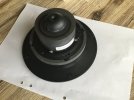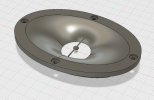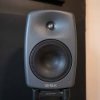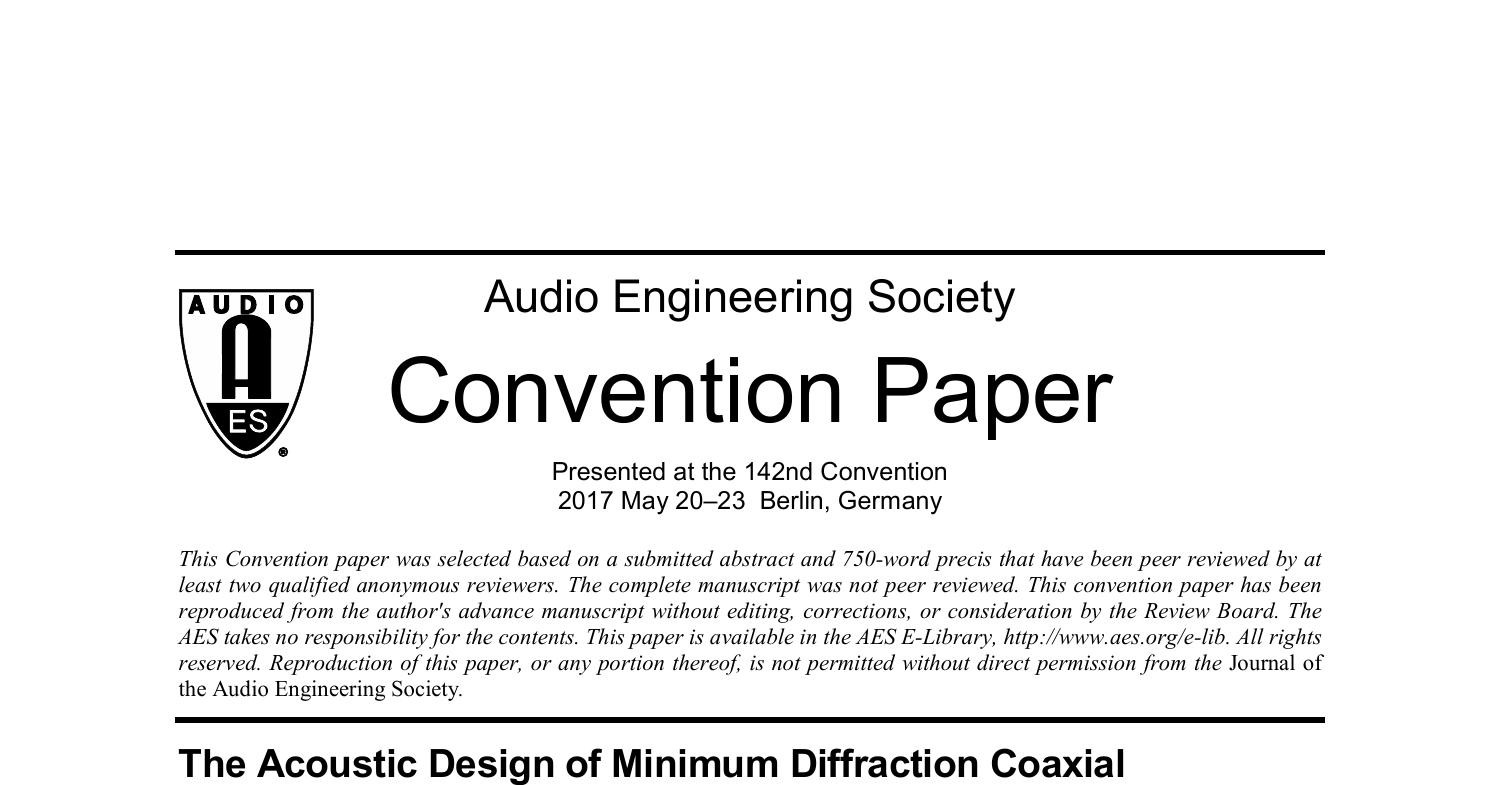- Joined
- Sep 16, 2019
- Messages
- 1,193
- Likes
- 2,644
Isnt the GRIMM style option maybe the one that makes most sence ?
If you think about it :
1. A wide baffle down to about schroeder frequencies is a good thing.
2. Instead of the Seas exel unit used in GRIMM, why not use two SB 17cac in 2,5 way figuration ? The distortion is lower than purifi.
One SB 17cac plays from 100 Hz ( crossed active ) up to the tweeter crossover at 2 kHz ( crossed active ) and the other from the baffle step frequency, ie from 300 Hz down to 100 Hz . A simple 6 dB aircoil passive at 300 Hz for this unit. No need for baffle step correction then.
3.The tweeter could be seas DXT crossed at about 2 kHz.
4.The bass could be GRIMM style closed box with LT with SEAS r0y crossed at 100 Hz active and the digital 3-way crossover a dbx driverack pa2.
whatˋs your opinion about that ?View attachment 162179
It's a good idea which I proposed as well, but Rick is set on a narrow baffle design






